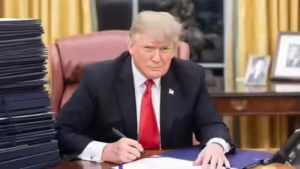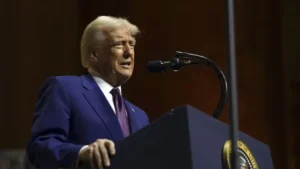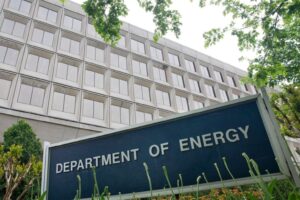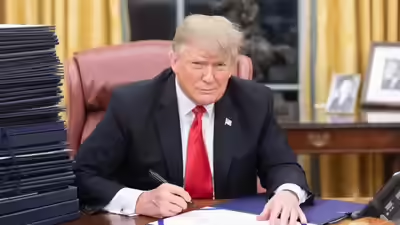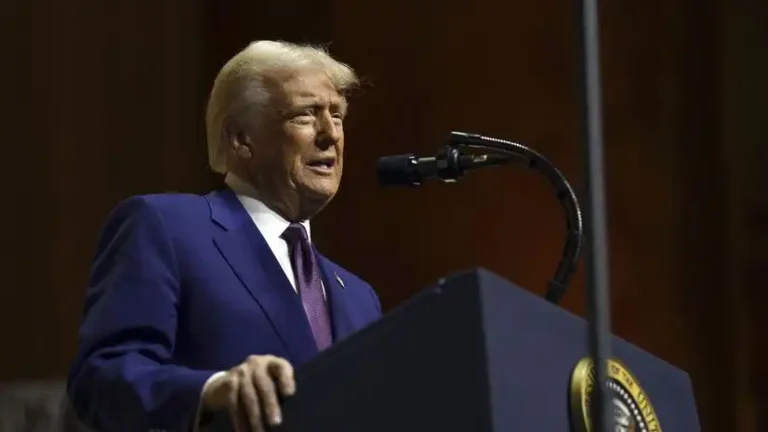Ending Unreliable Energy Subsidies
Big Beautiful Bill Will Lower Energy Costs, For years, the federal government has heavily subsidized wind and solar energy, despite their inconsistent reliability. These sources depend on the weather — if the sun isn’t shining or the wind isn’t blowing, power generation halts. Yet taxpayers continue footing the bill for technologies that often fail when needed most.
President Donald Trump’s One Big Beautiful Bill (OBBB) aims to end this practice by phasing out tax credits for green energy within three years. The move would save hundreds of billions of dollars and restore sanity to our energy markets.
The Cost of Intermittent Power
Green energy advocates claim that renewables lower electricity costs, but the reality paints a different picture. Since the Renewable Electricity Production Tax Credit (REPTC) began in 1992, average electricity bills have increased, even when adjusted for inflation.
Despite massive federal support, solar and wind only provide a small fraction of power when Americans need it most. On Inauguration Day, during peak winter demand in the Mid-Atlantic, solar provided 0% of electricity. Wind offered just 3%. In contrast, coal, natural gas, and nuclear power supplied over 90%.
A Grid Under Stress
The U.S. grid is under constant pressure to meet demand. When intermittent sources like wind and solar dominate the landscape, grid stability suffers. Operators are forced to maintain dual systems: one for traditional baseload energy and another for renewables.
This balancing act increases operational costs. When the wind picks up or the sun comes out, operators must scale back coal or natural gas plants. But because wind and solar can’t reliably store energy, those plants must scale up again as soon as renewable supply drops.

The Hidden Cost of Green Energy
Wind and solar may seem affordable at first glance, but their unreliability leads to higher overall system costs. These include:
-
Backup generation requirements
-
Grid storage investments
-
Transmission infrastructure upgrades
-
Increased complexity in energy dispatch
These costs don’t just disappear — they are passed on to you, the ratepayer. That’s why energy bills continue to climb, even as renewable usage grows.
Restoring Energy Freedom With the OBBB
The One Big Beautiful Bill seeks to correct this imbalance by:
-
Phasing out green tax credits over three years
-
Canceling Biden’s Green New Deal subsidies
-
Reinvesting in the Strategic Petroleum Reserve
-
Focusing on energy sources that deliver 24/7 reliability
These changes would strengthen our grid, lower electricity prices, and secure American energy independence.
Let Real Innovation Compete
Subsidies are supposed to encourage innovation, not permanently prop up weak technology. After more than three decades of federal support, wind and solar should either stand on their own or make way for superior options.
If these energy sources are truly competitive, they don’t need artificial support. If not, the American taxpayer shouldn’t be forced to cover the shortfall.
Powering the Nation With Reliable Energy
America’s economic growth depends on affordable, stable power. From hospitals to factories to schools, the backbone of our infrastructure is baseload energy — natural gas, coal, and nuclear. These sources don’t disappear when the weather changes. They perform consistently, day and night, summer or winter.
The OBBB’s approach ensures that our power grid is built on reliability, not on political ideology.
The Path Forward: Prosperity Through Common Sense
President Trump’s energy strategy, outlined in the One Big Beautiful Bill, will do more than save taxpayer money. It will unleash American prosperity, shore up the grid, and reduce energy costs for all.
It’s time to end endless subsidies that drive up prices and compromise reliability. Instead, America must double down on what works — and let innovation lead the way without government interference.
For more latest news checkout our website: usnewsinsight

